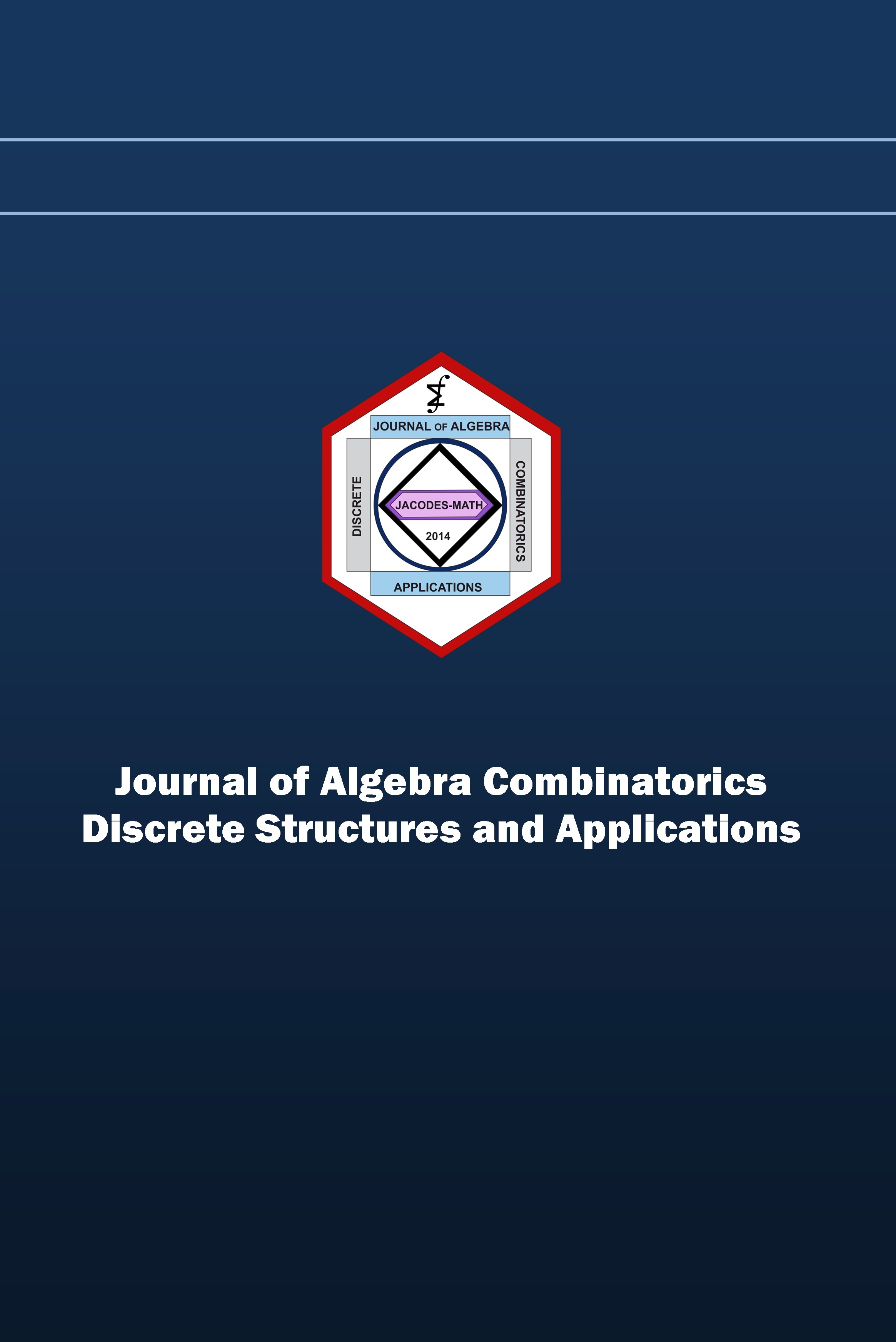A generalization of the Mignotte’s scheme over Euclidean domains and applications to secret image sharing
A generalization of the Mignotte’s scheme over Euclidean domains and applications to secret image sharing
___
- [1] C. Asmuth, J. Bloom, A modular approach to key safeguarding, IEEE Trans. Inform. Theory 29(2) (1983) 208–210.
- [2] G. R. Blakley, Safeguarding cryptographic keys, Proc. Am. Federation of Information Processing Soc. (AFIPS’79) National Computer Conf. 48 (1979) 313–317.
- [3] P. Dingyi, S. Arto, D. Cunsheng, Chinese Remainder Theorem: Applications in Computing, Coding, Cryptography, World Scientific, 1996.
- [4] T. Hungerford, Abstract Algebra: An Introduction, Cengage Learning, Boston, 2012.
- [5] S. Iftene, General secret sharing based on the Chinese Remainder Theorem with applications in E–Voting, Electronic Notes in Theoretical Computer Science 186 (2007) 67–84.
- [6] E. V. Krishnamurthy, Error–Free Polynomial Matrix Computations, Springer Science and Business Media, New York, 2012.
- [7] J. B. Lima, R. M. Campello de Souza, Histogram uniformization for digital image encryption, 25th SIBGRAPI Conference on Graphics, Patterns and Images (2012) 55–62.
- [8] P. K. Meher, J. C. Patra, A new approach to secure distributed storage, sharing and dissemination of digital image, IEEE International Symposium on Circuits and Systems (2006) 373-376.
- [9] M. Mignotte, How to share a secret,In: Cryptography, EUROCRYPT 1982, Lecture Notes in Computer Science 149 (1983) 371–375.
- [10] M. Naor, A. Shamir, Visual cryptography, In: Advances in Cryptology–EUROCRYPT 1994, Lecture Notes in Computer Science 950 (1994) 1–12.
- [11] O. Ore, The general Chinese remainder theorem, The American Mathematical Monthly 59(6) (1952) 365–370.
- [12] A. Shamir, How to share a secret, Comm. ACM 22(11) (1979) 612–613.
- [13] S. J. Shyu, Y. R. Chen, Threshold secret image sharing by Chinese remainder theorem,IEEE Asia– Pacific Services Computing Conference (2008) 1332–1337.
- [14] D. R. Stinson, An explication of secret sharing schemes, Des. Codes Cryptogr. 2(4) (1992) 357–390.
- [15] S. Somaraj, M. A. Hussain, Performance and Security Analysis for Image Encryption using Key Image, Indian Journal of Science and Technology 8(35) (2015).
- [16] G. Tatyana, M. Genadii, Generalized Mignotte’s sequences over polynomial rings, Electronic Notes in Theoretical Computer Science 186 (2007) 43–48.
- [17] C. C. Thien, J. C. Lin, Secret image sharing, Comput. Graph. 26(5) (2002) 765–770.
- [18] G. Ulutas, M. Ulutas, V. Nabiyev, Secret sharing scheme based on Mignotte’s scheme, 2011 IEEE 19th Signal Processing and Communications Applications Conference (2011) 291–294.
- [19] R. Z. Wang, C. H. Su, Secret image sharing with smaller shadow images,Pattern Recognition Lett. 27(6) (2006) 551–555.
- [20] Z. Wang, A. C. Bovik, H. R. Sheikh, E. P. Simoncelli, Image quality assessment: from error visibility to structural similarity, IEEE Transactions on Image Processing 13(4) (2004) 600–612.
- Başlangıç: 2015
- Yayıncı: İrfan ŞİAP
Asymptotically good homological error correcting codes
Jason MCCULLOUGH, Heather NEWMAN
Bijective S-boxes of different sizes obtained from quasi-cyclic codes
Dusan BİKOV, İliya BOUYUKLİEV, Stefka BOUYUKLİEVA
İbrahim OZBEK, Fatih TEMİZ, İrfan SİAP
A note on constacyclic and skew constacyclic codes over the ring Zp[u, v]/hu 2 − u, v2 − v, uv − vui
